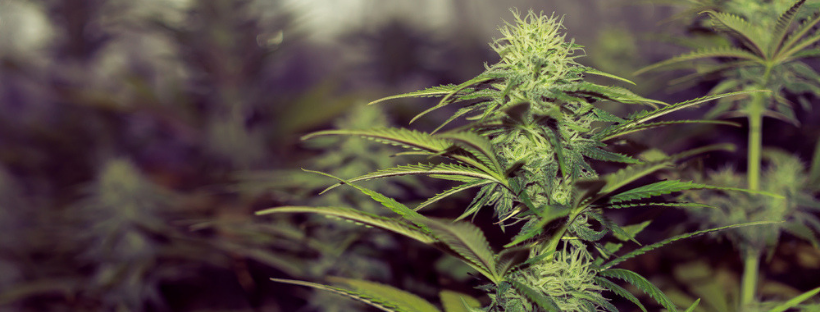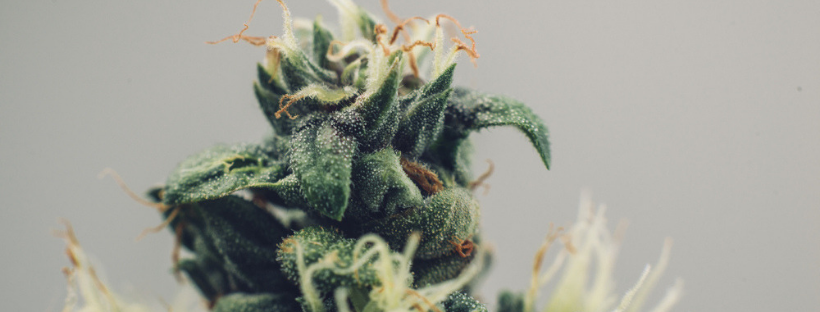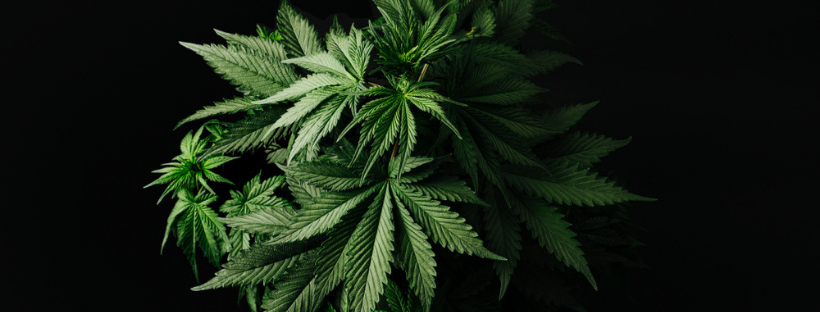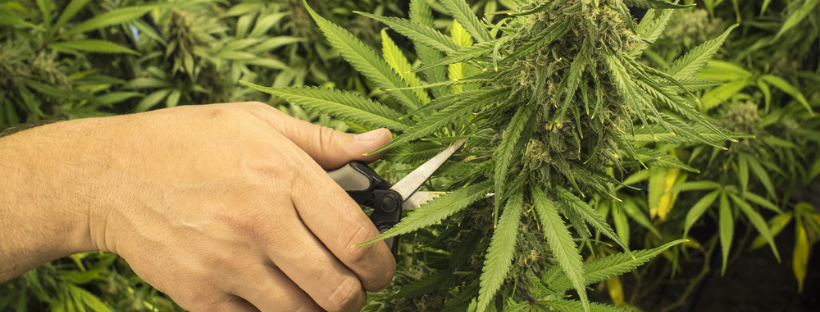Six Different Marijuana Growing Methods
Growing marijuana is not as easy as you think. There are a lot of things that could go wrong. You will need to set up your growing space with specific conditions and give your plants the proper moisture just so that they make it from the vegetative state to the flowering state.
But most growers don’t just want to grow a pretty plant. They want the most bud out of each plant. Growers throughout the years have discovered growing methods that “train” plants to produce a maximum yield of bud. If you have tended a garden before, some of these methods might be familiar.
Once you feel comfortable with the growing process, try out these growing methods.
Each strain has different needs and undergoes a different growth process. What may work for one strain may not work for another, so play around and experiment with your plants.
High-Stress vs. Low-Stress Training
Manipulating or even removing part of the plant can be very traumatic. Once the plant undergoes some type of manipulation, it may have to recover and adjust. Growers separate different methods into two categories: high-stress training (which usually includes removing or breaking parts of the plant) and low-stress training (which only requires manipulating the shape of the plant.)
In this guide, we will go over both types of growing methods, including:
- Low-stress training
- Screens of green
- Super cropping
- Topping
- F.I.M method
- Pruning
If you’re new to growing marijuana, we recommend starting out with the low-stress training, but feel free to do a mix of both so you can compare and experiment.
Let’s explore these different growing methods further.

Low-Stress Training (LST)
Why Choose This ethod
High-stress training can be traumatic for your plants. If you are new to growing cannabis, you might want to start experimenting with a lower-risk method. LST still distributes growth hormones throughout the plant so the plant grows wider and not taller.
What You Need To Grow Using LST
In order to keep your plants in the correct shape, they will need to be tied down gently. Twine, vinyl plant tape, or twist ties should work just fine. Just don’t tie your plants too tight or you might inhibit the distribution of growth hormones.
When To Start LST
You can start this method early in the vegetation period. This method controls the shape of the plant and what parts of the plant absorb light. Once the plant starts to grow vertically, you can begin to manipulate this growth and encourage more branches to grow.
How it Works
Simply take the higher stems and bend them into an L-shape away from the center of the plant. Don’t break or snap these stems; be very gentle. Carefully tie the stems down so that they maintain this L-shape. And voila! The growth hormones will start to distribute more evenly throughout the plant and the energy and nutrients required for flowering will reach more branches.

Screen of Green (SCROG)
Why Choose This Method
This method takes a lot of work out of the LST method. SCROG was created with a similar purpose. Light is distributed evenly throughout the plant so you create even, but still decently-sized, buds. Since most Canadians are limited to four plants per household, you can get a maximum yield from each plant. This is also a great method if you have set up a grow room inside or in a small, contained space.
Try SCROG if you don’t mind a little work gathering the materials and setting up your grow room in the beginning. You’ll need enough space to set up your screen, but once it’s set up, you should be good to go.
What You Need to Grow Using The Screen of Green Method
You’ll need some sort of net or a structure with a net-like pattern. Any kind of net is fine as long as it is sturdy enough to stay in place as your plants grow. You can even create your own net with twine if you have enough places to tie your twine above your plants.
How It Works
All you need to do is set up your net above your cannabis plant and keep it secure. The plants that grow the tallest should be pushed down by your net. This will keep all of your stems at an even growing level, with each stem getting the same amount of light.
Check on your stems periodically to make sure none of them have pushed through the net and started growing taller than the others. If one has, simply push it down under your net.
Keep this net in place throughout the entire vegetative state. Once your plants start flowering, you can still keep the net in place, but bring flowers into the light. They should be the same height to continue getting equal light.
Now that we’ve covered the basic types of LST growing methods, let’s move onto high-stress training growing methods. If you’re a new grower or don’t exactly have a green thumb, we recommend experimenting with low-stress methods before you move onto these options.
Super Cropping (“Stem Mutilation”)
Why Choose This Method
Growing experts recommend using super cropping if you have an outdoor garden. This is essentially a more intense version of low-stress training. You don’t need to tie the plants down after you “super crop” them, but this may help to keep the plants under control and distribute light better.
When To Start Super Cropping
While low-stress training should be implemented early in the growth process, super cropping can be done a week or two before the marijuana begins to flower.
How to Super Crop Your Plants
Rather than just bending the plant, you bend it enough to cause some damage to the tissues inside of the stem. Don’t snap the outside of the stem; simply feel for the spot where you want to “crop” the stem and squeeze it gently. The stem should kink and fall over. If you want to tie it down here you can, but again, this is not necessary.

Topping
Why Choose This Method
Before you top the plant, all of the growth hormones are being directed toward the top growth shoot. If you don’t top the plant, the plant would continue to grow vertically. We want the growth hormones to spread out and for the plant to grow horizontally. Removing the top growth shoot will direct the growth hormones, energy, and nutrients to lower branches. Once the plant has been topped, you’ll see these branches start to shoot out and later flower.
What You Need to Top Your Cannabis Plant
It’s possible to top your plants just with your fingernails. If you’re more careful about your plant growth, we recommend grabbing some pruning scissors, a nail clipper, or a razor blade to make your cut. Disinfect your item of choice beforehand to make this process even more safe for your plant.
When To Start Topping
This is another method that requires early action. Topping your plant will traumatize it more than simply bending it – the plant needs time to recover. Wait until the third or fourth week of vegetation before you start topping. You’ll have a few nodes growing already.
How To Top Your Cannabis Plant
Look for the highest growth shoot. At the time that you top it, the top growth shoot should still be a seedling.
Remove that highest growth shoot and only that growth shoot. It doesn’t matter what tool you use, just as long as you remove the growth shoot and only leave You’ll see smaller branches further down the plant – leave them be. These are the branches that will later shoot out and make the plant wider.
This process can be done multiple times during the vegetative state. To avoid causing too much stress to the plant, we recommend microtopping. Microtopping only requires removing the smallest tops of your plant to encourage even more branching. You will have to catch these small tops early in order to reduce stress.
Experiment With Topping
Fans of topping argue that topping the plant encourages lower shoots to grow higher and produce more flower. This is a common method for growing marijuana, but it doesn’t always produce higher yields with every strain. If you are growing multiple plants, start off by topping one or two of your plants. Compare your yield to the plants that have not been topped and move on from there.
F.I.M. (“F***, I Missed!)
Why F.I.M. Your Plants
Did you accidentally cut too high? You can just pretend that you were using the F.I.M. method. This method was developed when the grower missed the cut but still managed to produce a high yield.
When you remove the top growth from your plant, you essentially split it. You’ll get two stalks where only one existed before. The F.I.M. method takes this even further. Since you’re leaving some stalks to grow, you could potentially have 4 or 5 new stalks where only one existed before. That’s a lot of new stalks.
How to F.I.M. Your Plants
This is the same process as topping your plants, but where you make the cut is different. Instead of removing the entire growth shoot, only cut halfway down the shoot. You’ll be left with a lot of open stalks, and that is exactly what you want.
Top Tip: Top First
F.I.M. is a more risky HST growing method. The cut you make is more prone to infection and may cause more stress to the cannabis plant. Experiment with topping before you experiment with the F.I.M. method.

Pruning (“Lollipop”)
Why Prune Your Plants
We recommend pruning for growers who have a small space. Cannabis plants can get bushy, and extra stems and branches can hide problems within the plant. Pruning allows you to see what is happening among your plants, even in a tight space.
This could also be a great method for directing growth hormones if topping doesn’t work well for your specific strains. This process is almost the opposite of topping.
Why? When you prune your plants, you will be left with one tall stalk that takes up the majority of the light. Without pruning, your lower stalks will not get as much light and therefore only produce small, weak buds. Pruning sends all of the growth hormone into a single stalk, leaving you with a more meaty and thick bud to harvest.
Consider pruning if you have limited light in your grow room.
How to Prune Your Plants
Simply remove the lower branches with your fingers or a disinfected pair of scissors. The lower the better – you should be left with a taller rather than wider plant. This tall shape with growth on the top is where the term “lollipopping” comes from.
Remove as many branches as you feel comfortable with. You don’t have to throw these branches away. Many growers clone their branches. Cloning allows you to create an entirely new harvest without starting from seed.
Other Considerations If You Are Growing Marijuana
Your growing method isn’t the only secret to a high yield. As you are preparing to grow marijuana, consider the other factors that will affect your yield:
Light
Some growing methods were created in order to give each part of the plant equal light distribution. The lights that you use to grow your plants will have an effect on their ability to grow and flower. Many growers buy LED, HPS, or other types of speciality lights for their cannabis plants.
Soil
What are your plants going to grow out of? Soil provides plants with proper nutrients to grow, but did you know you can skip the soil and grow weed with hydroponics? Explore your options before transplanting your seedlings.
Airflow
All of the elements will impact your growth. Maximum yields require proper ventilation and air with a specific level of humidity. Humidifiers, vents, and other equipment may be required to create the perfect growing conditions for your plants.
There is a lot to plan before you begin growing your first marijuana plants. Check out our guide to growing weed in Canada for more information on how to get started.











